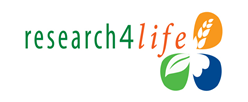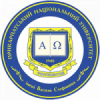Mind Maps as a Tool for Visualization and Structuring of Linguistic and Literary Material in the Process of Teaching Students
DOI:
https://doi.org/10.15330/jpnu.9.1.92-100Keywords:
mental maps, literary material, language material, visualization, university students teachingAbstract
The article reveals the peculiarities of the use of mental maps as a tool for visualization and structuring of linguistic and literary material in the process of teaching pedagogic students geared (“Primary Education”, “Philology”). The purposes of use, principles of creation, the maintenance of mental maps are outlined. The main purposes of their use are: systematization and structuring of educational information; analysis of the content of the submitted material; development of skills in working with primary and secondary information; formation of students’ skills of generating ideas; encouragement of independent critical, associative, logical, creative thinking; motivation and concentration increase. In the form of mental maps, you can work out a lecture or practical lesson on “Children’s Literature and methods of teaching literary reading", prepare a presentation of the writer’s work or analysis of the work, develop a methodological model of the lesson. In foreign language classes the mental maps can be used to generate associations at the initial stage of elaboration of the topic; systematization of vocabulary according to morphological or semantic criteria; structuring information obtained from certain media; visualization of grammatical rules and regularities; presentation of strategies for listening, speaking, reading, and writing. It is noted that the use of mental maps in the educational process contributes to the increase of students’ motivation and interest, activation of their cognitive, creative and mental activities.










